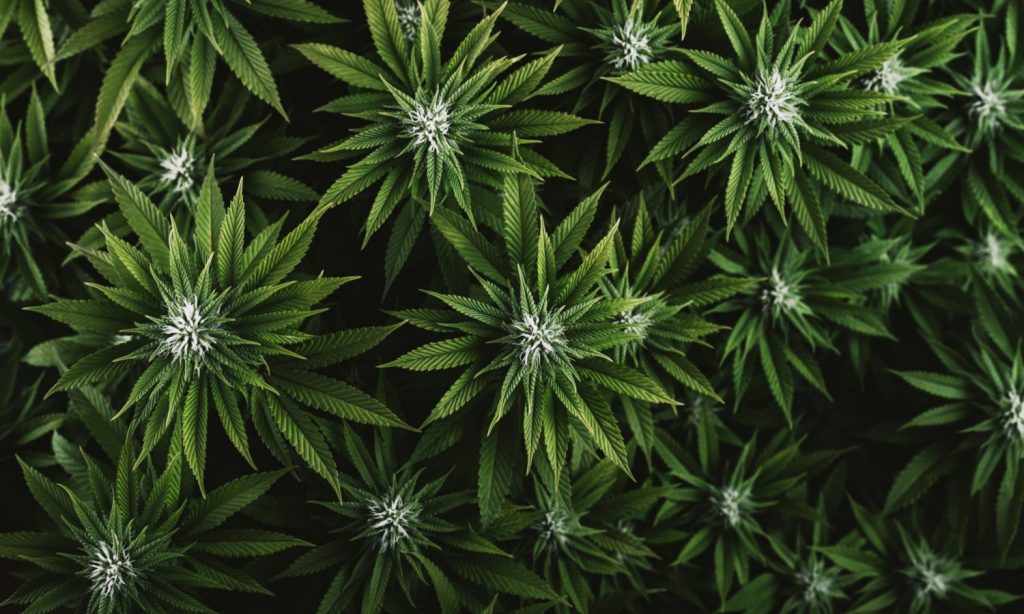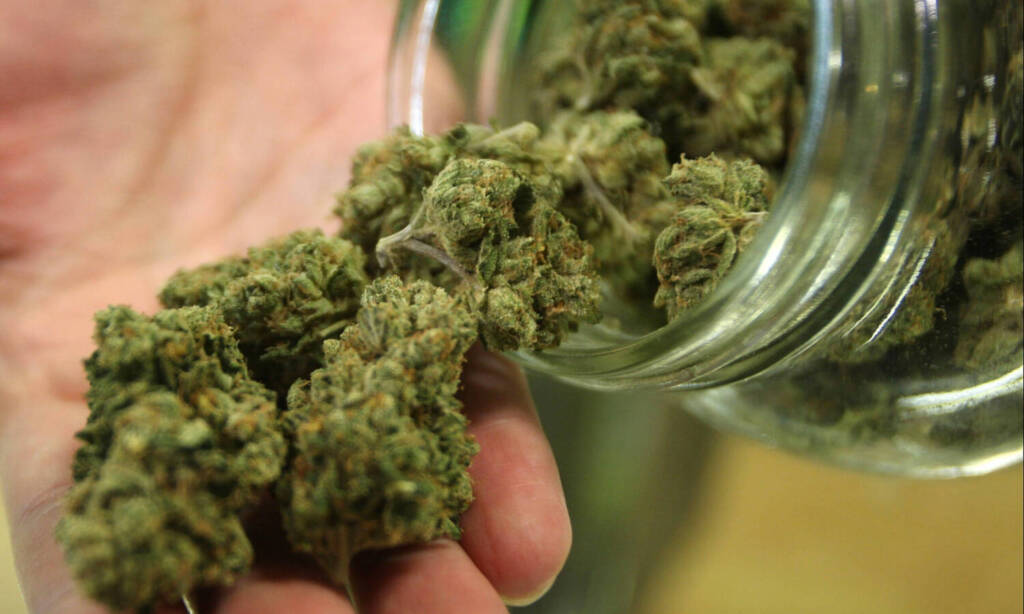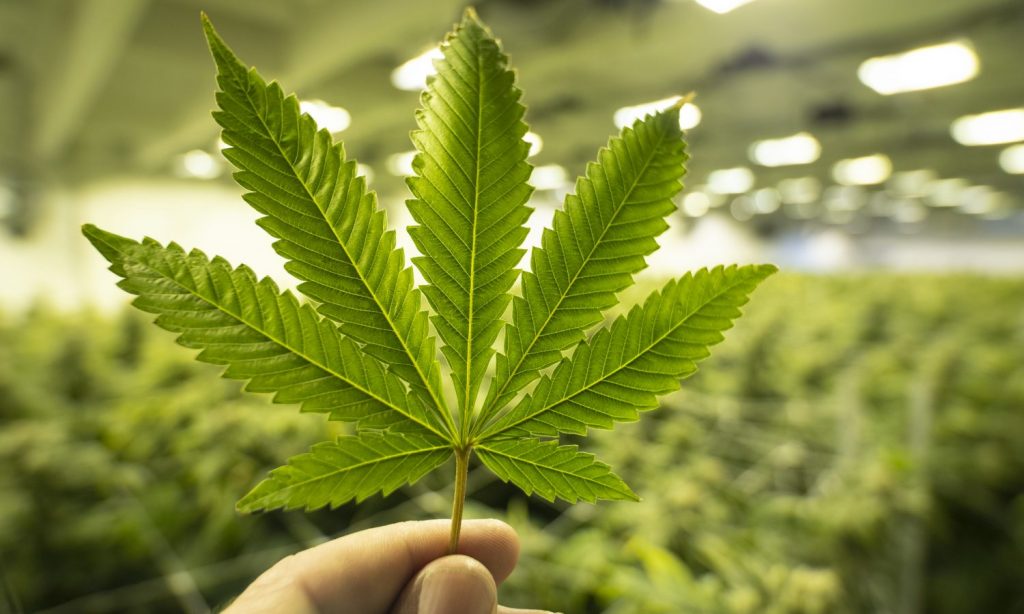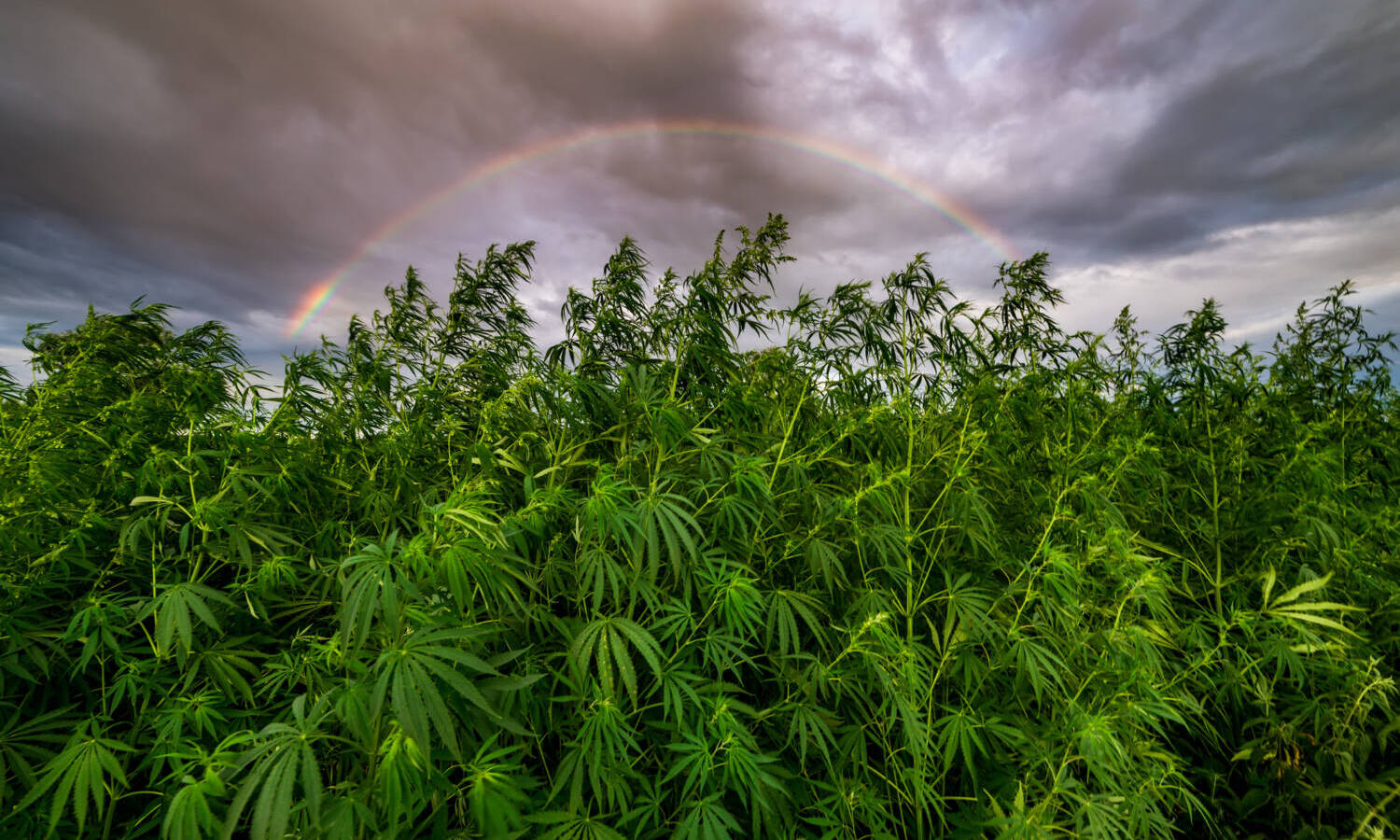As we harness the plant’s benefits, it’s highly important we don’t lose track of its effect on the environment, and continue working to prevent any negative impact.
Marijuana is a psychoactive drug extracted from the cannabis plant. It has been used over the centuries for medicinal and recreational purposes especially in the Central Asian region of the planet.
As more countries adopt the use and cultivation of the plant, concerns have arisen about its impact on the environment. Extreme energy and water usage, its method of disposal, and also its extraction process, seem to leave a footprint on the environment.

Should we be worried? Is our growing marijuana market going to pose a problem to our planet?
How Marijuana Is Cultivated
In a nutshell, marijuana cultivation is the process of growing cannabis plants. The plants start as seeds and can be grown through outdoor or indoor farming, with light from the sun or artificial ones.
The following resources are required in the cultivation of marijuana:
SOIL: Except you are practicing aeroponics or hydroponics, the soil is vital to the cultivation of marijuana; and not just any soil, the ideal soil must have nutrients like nitrogen, potassium, and phosphorus. These nutrients can be added to the soil through fertilization. The soil’s pH should fall between 5.8 and 6.5.
WARMTH: Ideal temperature for marijuana cultivation falls between 24 – 30 °C (75 – 86 °F). Any temperature above 31 °C or 88 °F and less than 15.5 °C or 60 °F can inhibit growth and reduce THC potency.
LIGHT: You can use either natural light or artificial light. When using artificial light, the plant is exposed to 16–24 hours of constant light and 0–8 hours of darkness.
WATER: Watering frequency depends on the age, size, temperature, light, and plant’s stage of growth. Wilting of leaves is a sign of an under-watered plant.
HUMIDITY: Humidity is another requirement for the growth of marijuana. Dryness slows down the process of photosynthesis. Ideally, humidity should be between 40–60% RH.
NUTRIENTS: The plants soak up nutrients from the soil through their roots. Marijuana plants need more nitrogen, potassium, and sulfur throughout their life cycle. When soil nutrients have been depleted, chemical or organic fertilizers can be added.
As with any other plant, pest invasion is a challenge to cannabis cultivation.

How Marijuana Cultivation Affects The Environment
Even though marijuana itself has its medicinal and recreational purposes, growing it has some not-so-good effects on streams and rivers. While farmers of other food crops store water up during the rainy season to use in the dry season, growers of marijuana divert water directly from rivers and streams during the dry period.
Dry seasons are characterized by low water levels. Creatures living in the streams already struggle for survival. Imagine diverting a large quantity of water from the same stream or river. In a few cases, some parts of the streams dry up completely. This threatens the survival of amphibians, salmon, and other organisms living in the stream. As the water levels go down, temperature increases, and this stresses the fish living in the water.
Another problem related to marijuana cultivation is pollution. Farming sometimes occur close to the streams and rivers which may result in erosion. Sand and fine sediment may run straight into the streams harming living organisms living in the stream.
RELATED: Is Marijuana Messing With The Environment?
Also, herbicides and pesticides may contaminate the water and poison animal that drink from it. Oftentimes, diesel leaks from generators that are used in pumping water. This further pollutes the streams and stresses fish.
Most marijuana farming techniques use natural resources but cannabis cultivation requires much more resources than other types of horticulture. The farming techniques used in growing marijuana require an excessive quantity of natural resources and electricity while simultaneously emitting injurious wastes into the environment. If this is not put in check, it may result in a grossly negative impact on the environment and climate.

The good thing is cannabis can grow much faster than other plants. As such, it consumes a great quantity of carbon dioxide while releasing lots of oxygen. This could be highly beneficial for the environment, especially if the cultivation occurs in the open.
However, this benefit is canceled out by the excess energy used in ventilating the indoor facilities. Some cultivation facilities may even produce excessive levels of harmful C02 to increase the growth potential of the plants.
RELATED: 4 Ways Cannabis Is Becoming A Greener Industry
Also, marijuana has the potential to rapidly increase the quantity of Volatile Organic Compounds (VOC) in the atmosphere. This is something to be worried about because VOCs combine with several other contaminants in the atmosphere and form an unstable poisonous gas. Studies reveal that the VOCs emitted by the cultivation of cannabis plants can result in over 2,000 metric tons of poisonous gas each year. And that’s from the cannabis market only.
Apart from VOCs emitted, there are also other hazardous wastes which include extraction solvents, vape pens having batteries, polluted lab debris.
These kinds of wastes are usually problematic and can pose a challenge to the environment. They infect landfills, release toxic VOCs into the atmosphere, and pollute water sources.
Imagine that millions of marijuana vape pens are being disposed into landfills each year, this can pose a huge problem.
How To Reduce Impact Of Marijuana On The Environment
The best way to reduce the carbon footprint of cannabis farming in the U.S and the world at large is by legalizing its cultivation at the federal level. With this significant change, extensive works of research being conducted to unearth better farming techniques and procedures will increase at an astronomical rate. This will also greatly reduce the number of illegal cannabis farms littered around the country thus curbing some of the harm being done to the environment by these illegal farms.
RELATED: States Pushing Cannabis Operations To Be More Earth Friendly
Other strategies of minimizing the negative environmental impacts of marijuana farming are as follows:
- Create environmental rules and regulations for marijuana farmers – This could be as simple as carrying out a compulsory assessment before the construction of any cannabis growing company.
- All marijuana vendors must list all farm chemicals used for production on their packaging
- Farmers should be asked to submit details on how they plan to monitor and control pollution
- environmental, social, and governance (ESG) reports should be provided by all marijuana farms, etc.
- Natural methods of growing the plant should be adopted – organic methods of farming should be encouraged among cannabis farmers. More effort should be put into raising awareness about organic farming techniques and the numerous benefits it offers.
- Cannabis soil may be used again for up to 2 years before being disposed
Bottom Line
The cultivation and processing of marijuana is rapidly expanding. As we harness the benefits of the plants, it’s highly important we don’t lose track of its effect on the environment and keep working to prevent any negative impact. Mother Nature takes care of us all, it’s the least we can do.
This article was created in partnership with Cannabis.net


